Doctors in Performance: Abstracts 5 September 2025
Get to know the presenters and their subjects in the Doctors in Performance 2025
Vincenzo De Martino
Recurring Pianistic Techniques and Gestures in the Work of Lithuanian Composer Stasys Vainiūnas
The figure of Stays Vainiūnas (1909–1982) represents a milestone among Lithuanian composers searching for their individuality in recent history. Piano eminently stands out within Vainiūnas’ oeuvre: his piano works range from several collections of miniatures to four piano concerti, besides a few important chamber music works with piano, exhibiting very diverse faces and intents, borrowing from a variety of compositional techniques and convincingly conveying them within the span of the 88 keys.
The composer’s pianistic style is quite a unique phenomenon in the landscape of Lithuanian piano music, merging a striking virtuoso technique with highly refined pictorial intents, through an array of peculiar traits aiming at disclosing both the virtuosic character and the emotional resonance of music, also by recurring to a series of most frequent pianistic techniques and gestures, allowing a pianist to express both their mastery of the instrument and artistic expression at once.
Taking the broader categories of “pianistic technique” and “pianistic gesture” and their constant intertwining as a starting point, the author put said style under the lens of analysis from a performer’s viewpoint, highlighting how its characteristics result, namely, in several most frequent pianistic techniques and gestures. A certain focus is given to the assumption that Vainiūnas’ piano music is ideally tailored to the instrument’s features and possibilities, so that even the most complex pianistic pages, due to a number of textures, recurring hand settings and suggested fingers, are generally “comfortable to play”: the regard to the natural configuration of the hand, the wise combination of different techniques and the almost total lack of some of them allow a performer to pursue effective results without ever reaching the limits of practicability. To this aim, performance examples from two cycles, Meadows of Homeland Op. 31 and Eight Moods Op. 43, will be provided. This conference report is part of the project “Interpretations of the Lithuanian Piano Canon”, No. S-MIP-24-136, funded by the Research Council of Lithuania (LMTLT).
Biography
Vincenzo De Martino is a graduate from the Lithuanian Academy of Music and Theatre, where he was awarded a Master’s degree in Piano Performance in 2017 and he also completed his Artistic Doctorate in 2021. As a researcher, he presented the results of his work during several artistic research conferences (“Doctors in Performance”, 2018, 2021; “Typologies of Music Signification: Retrospective and Perspective”, 2021) and published a few articles (“Ars et Praxis”, 2019, 2020). He is currently involved in the 3-years research project “Interpretations of the Lithuanian Pianistic Canon” funded by the Lithuanian Council for Culture.
Dobromir Tsenov
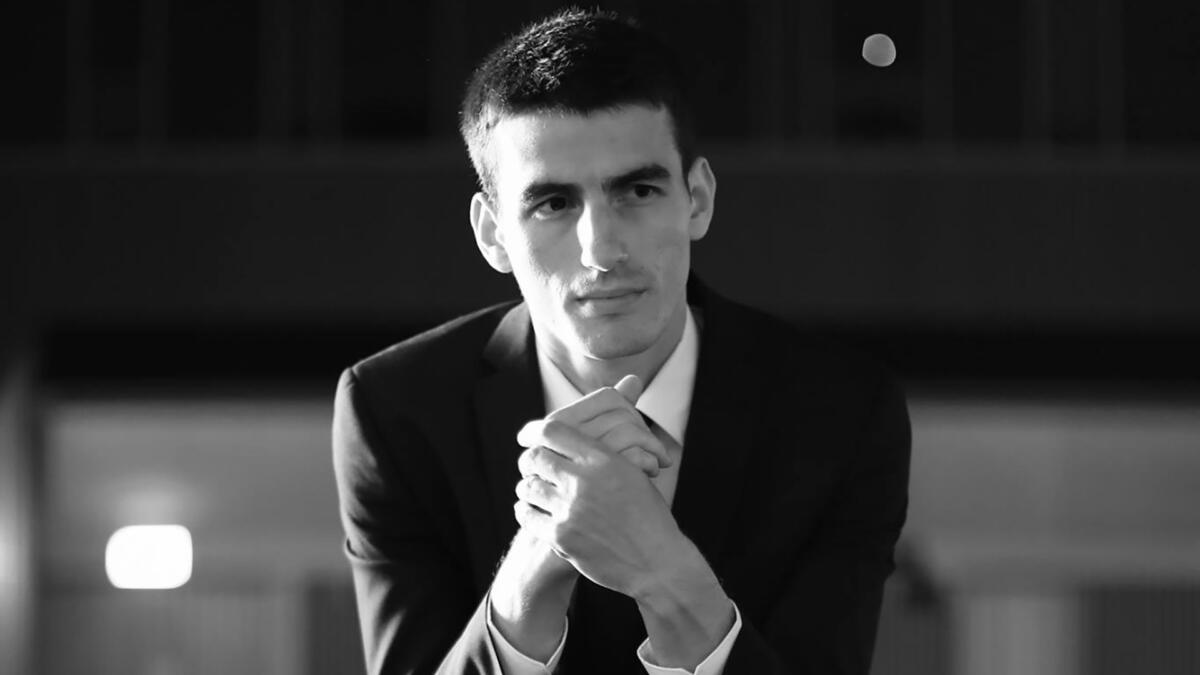
The Evolution of Bulgarian Style in L’ubomir Pipkov’s 20th-Century Piano Works
This lecture-recital explores the music of the unknown Bulgarian composer L’ubomir Pipkov (1904–1974), a founding member of the Contemporary Music Society in Bulgaria in 1933. This association aimed to establish a national style in classical music, a challenge in a country torn by war and political upheaval, including the Balkan Wars (1912–1913) and World War I. For the so-called “second generation” of Bulgarian composers – including Pancho Vladigerov, Vesselin Stoyanov, Petko Staynov, and Dimitar Nenov – the primary concern was defining a national style. They sought to integrate Bulgaria’s ancient folklore with European musical forms and harmonic language. As part of this lecture-recital, I will perform a piano piece from Pipkov’s early compositional period, which illustrate the development of professional Bulgarian music in the early 20th century. His piano works offer a valuable insight into the emergence and transformation of the Bulgarian National Style over the last century.
Programme: L’ubomir Pipkov: Bulgarian Suite, op. 2 (1928)
Biography
Dobromir Tsenov is a second-year PhD student at RNCM, exploring L’ubomir Pipkov’s complete piano works under Dr. Adam Swayne and Dr. Annika Forkert, supported by a fully funded RNCM Studentship. In 2024-25, he has performed Pipkov’s music across the UK, including Manchester, London, Stokesley, and Denbigh. He earned a Distinction in his 2021 postgraduate diploma from the Royal Birmingham Conservatoire, studying with Prof. Julian Jacobson and Prof. Daniel Browell. His latest albums of Pipkov’s works (Toccata Classics) have received high praise from Gramophone, MusicWeb International, and Classics Today, hailed as masterful interpretations of this brilliant music.
Libero Mureddu
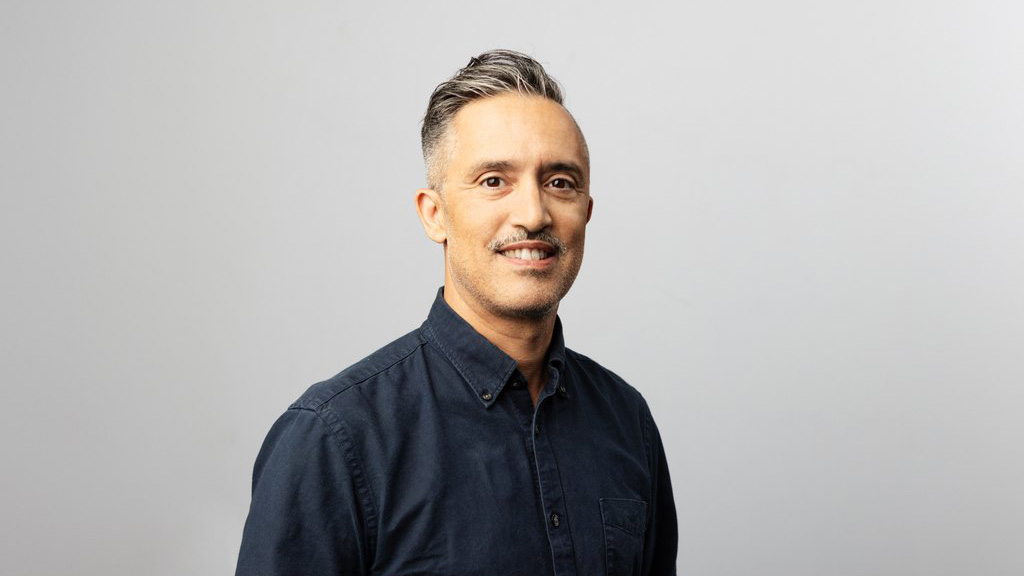
The Avatars and I’: fostering autonomy and mutual vulnerability in a digitally mediated free improvisation performance
My research, ‘Embodied Algorithms’, explores free improvisation in music, focusing on how embodied knowledge is accessed during performances and how awareness of this knowledge can develop free improvisation languages. Music technology creates experimental settings and generates material for performers to respond to.
In my last doctoral concert, ‘the Avatars and I’, I improvised at the piano with two digital audiovisual replicas of myself, performed using tablets by two ‘Avatar players’, respectively a non-musician dancer and an instrumentalist-improviser. Their reactions seemed unrelated to their prior knowledge or experience with the digital interface. While the non-musician dancer found similarities between dance improvisation and working with the software, the instrumentalist struggled to apply their prior knowledge.
Interestingly, the dancer’s approach was easily transmissible to the group, creating an experience characterised by openness, empathy, and mutual vulnerability, yet promoting autonomy among performers. Reflecting on what has happened and translating it to a conceptual space, is allowing me to further understand the nature of this process, while generating some new research questions: is it possible to define and access a vital force, a body-mind state, that positively channels and nurtures the improviser’s flows of desire into finding the creative potential of the software and explore new sonic and performative possibilities? How important is in that case the music material compared with *how* this music is performed? Can this approach be felt during a performance, by the performers and audience alike?
In this performance, me and the two Avatar players who played at the doctoral concert will perform short improvisations, followed by a discussion on how the performance went according to these concepts, and asking the audience about their perception of the event. This will help me to how my current understanding of free improvisation processes is perceived by the performers and the audience.
Biography
Libero Mureddu is an Italian-Finnish pianist, improviser, and researcher based in Helsinki. His research focuses on how technology can be used to reveal how embodied knowledge is used in free improvisation. A versatile musician, he has experience in contemporary, experimental, jazz, and popular music. His current projects are based on the completed doctoral concerts: ‘Joy Against the Machine’, ‘Sonic Avatars’, and ‘The Avatars and I’ which combine improvisation, composition, digital audiovisual projections, and algorithmic scores. Libero Mureddu’s doctorate is supported by the Kone Foundation. https://liberomureddu.github.io/
Elisa Järvi
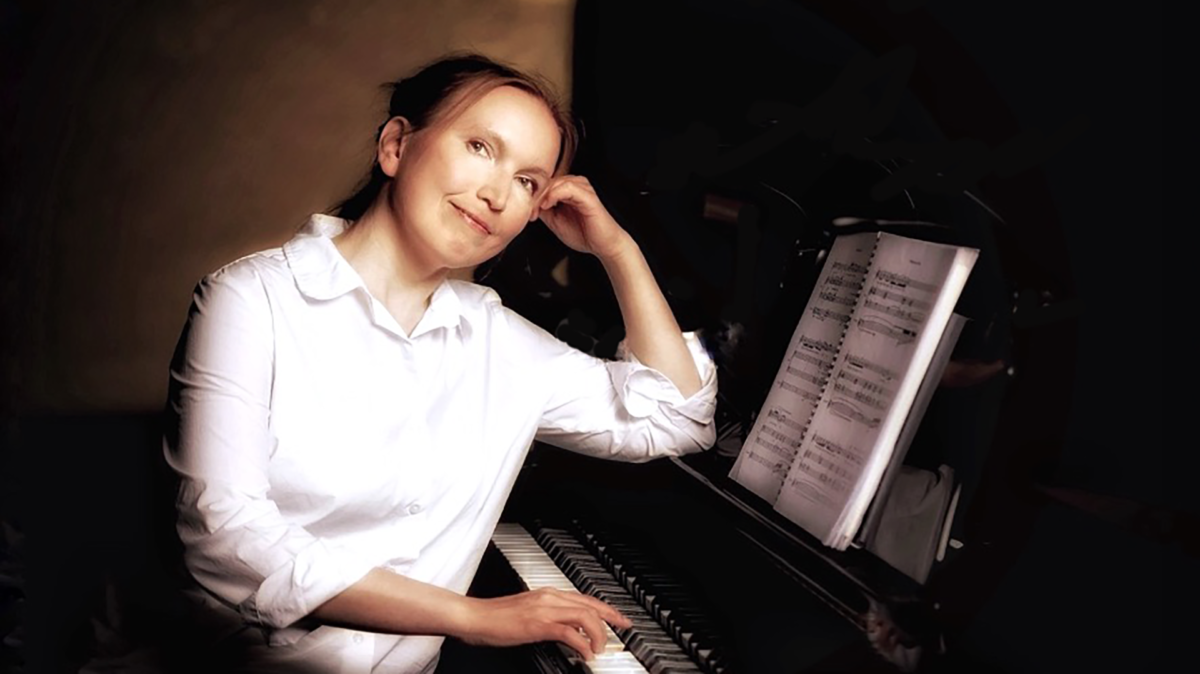
Microtones & Resonances – The New Quarter-Tone Piano as a Creative Tool
At the first Helsinki Doctors in Performance Festival Conference in 2014, I introduced the early-stage plans for developing a new kind of quarter-tone piano, together with music technologist Libero Mureddu. We also demonstrated some quarter-tone piano music using two acoustic pianos. The following year, a new type of quarter-tone piano keyboard was introduced in Finland. Over the past decade, it has been regularly used as both a solo and chamber music instrument. This innovation has not only facilitated the performance of new contemporary works but also enabled the revival of early quarter-tone piano repertoire. Additionally, it has expanded possibilities beyond quarter-tone music to include 22-EDO (22 equal divisions of the octave) compositions.
Now, as a pianist—or rather, a quarter-tone pianist—I reflect on this project, looking back at its development and forward to its future possibilities.
Recently, I recorded a new album and experimented with the acoustic sound of an imagined piano, including an illusion of acoustic 22-EDO and 24-EDO grand pianos, realised through Disklavier technology.
My presentation explores the instrument’s role as a tool for reawakening historical quarter-tone piano repertoire as well as for contemporary music performance. What has this instrument enabled? What have I learnt? How has it challenged me? And what could it offer in the future?
Perhaps a new kind of acoustic quarter-tone piano will someday fulfil the vision expressed over a century ago when a New York Times critic called an earlier quarter-tone instrument “the piano of tomorrow.”
I will play or demonstrate compositions by the following composers:
- Charles Ives (1874–1954)
- Ivan Wyschnegradsky (1893–1979)
- Tui St. George-Tucker (1924–2004)
- Ivor Darreg (1917–1994)
- Juhani Nuorvala (*1961)
- Hannu Pohjannoro (*1963)
- Lauri Mäntysaari (*1982)
Biography
Pianist Elisa Järvi enjoys both traditional and experimental repertoire. She has worked with many contemporary composers, premiering and recording their works. The artistic part of her doctoral thesis covered early and recent music written for piano. In addition to teaching, recent research interests include György Ligeti’s piano music, topics in microtonal music, and the history of piano playing in Finland. Together with composer Sampo Haapamäki, Elisa Järvi has been developing a new quarter-tone piano design and premiered Haapamäki’s concerto for quarter-tone piano in 2017. Recently, Järvi has commissioned new compositions for the instrument and has also been searching for historical repertoire.
Elisa Järvi received her degrees from the Sibelius Academy (MMus, DMus), the University of Helsinki (MA) and the Hochschule für Musik und Tanz Köln (Konzertexamen). Her debut album, Aufforderung zum Tanz (Fuga), featured dances and dance-influenced compositions, performed on the piano and the fortepiano. The new microtonal piano recording In Tune – Tune In! will be released in the Sibarecords series in 2025.
Matas Samulionis
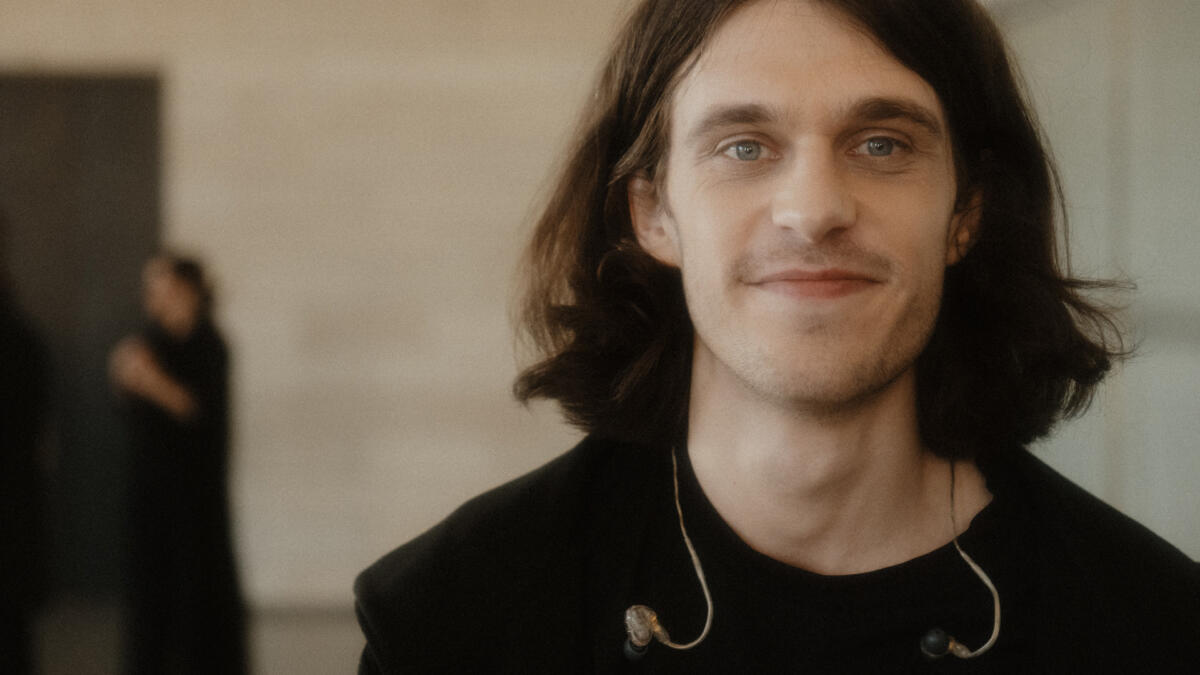
Encoding and Decoding the Performance
My doctoral research culminated in an adaptive encoding/decoding model for improvisational music, which will be presented in this lecture-recital. This model, derived from Stuart Hall’s encoding/decoding theory, is significantly adapted to account for the multifaceted nuances of improvised contemporary music. Unlike Hall’s model, which aims for ideal semantic parity between individuals involved in the encoding/decoding process, this adaptive model embraces the inherent ambiguities of improvisation. It’s informed by Alessandro Bertinetto’s philosophy of action as abductive performance, recognizing that a performer’s contribution in improvisation cannot be precisely defined before the action (Bertinetto and Grüneberg, 2023, p. 38). Improvisation, according to Bertinetto (Bertinetto, 2022, p. 166), is a dynamic interplay between the performer and their environment, requiring flexibility, adaptability, and quick reactions.
Anna Marie Conner’s work further informs the model (Conner et. al., 2014, p. 183). Conner note that the goal needn’t be explicitly defined at the outset; it might simply be to understand the unfolding situation. This aligns with the ephemeral nature of goals in contemporary improvisation, where predetermining a performance’s trajectory is largely impossible. Sometimes, the only predefined element is the act of performing itself.
This adaptive model operates by continually observing and refining the initial idea, revisiting its concept at every stage of the improvisational process. This retrospective approach allows improvisers to shape, analyze, and refine their performance. This iterative process systematizes ideas, fostering new creative solutions. Established ideas can merge to become new starting points – new improvisational performances. The model’s terminology and principles facilitate interdisciplinarity, bridging not only different musical performance schools but also diverse art forms. For the artist, it’s a tool for self-reflection, development, and creation. Analytically, it enables researchers to discover semantic structures and their dynamics within free improvisation, without imposing stylistic, formal, or presentational constraints.
In this lecture-recital I will present the encoding/decoding scheme and an improvisation based on an initial idea called “circular.” This involves circular breathing on the saxophone, complemented by loop pedals and effects processors. The saxophone and electronics are controlled live, with the audio signal feeding back into the computer for processing and repetition, creating a cyclical effect.
Biography
Versatile music performer, composer, and artistic researcher dedicated to exploring the dynamic intersection of acoustic and electronic music. With a strong foundation in jazz saxophone, he has developed a keen interest in musical harmony, form, and timbre, leading to an expansion of his musical palette through composition, artistic research, and electronic music.
Matas has released several albums with the electronic music duo “Artfcl” and is currently a member of the band “Quark Effect.” He is also involved in various experimental projects, including “The Last 2 Brain Cells”, “Nojo Orchestra” and various others.
As a skilled improviser, Matas expertly merges traditional and avant-garde principles to craft experimental and innovative compositions and performances. He actively seeks collaborations and opportunities to push the boundaries of experimental music and beyond.
Órán Halligan
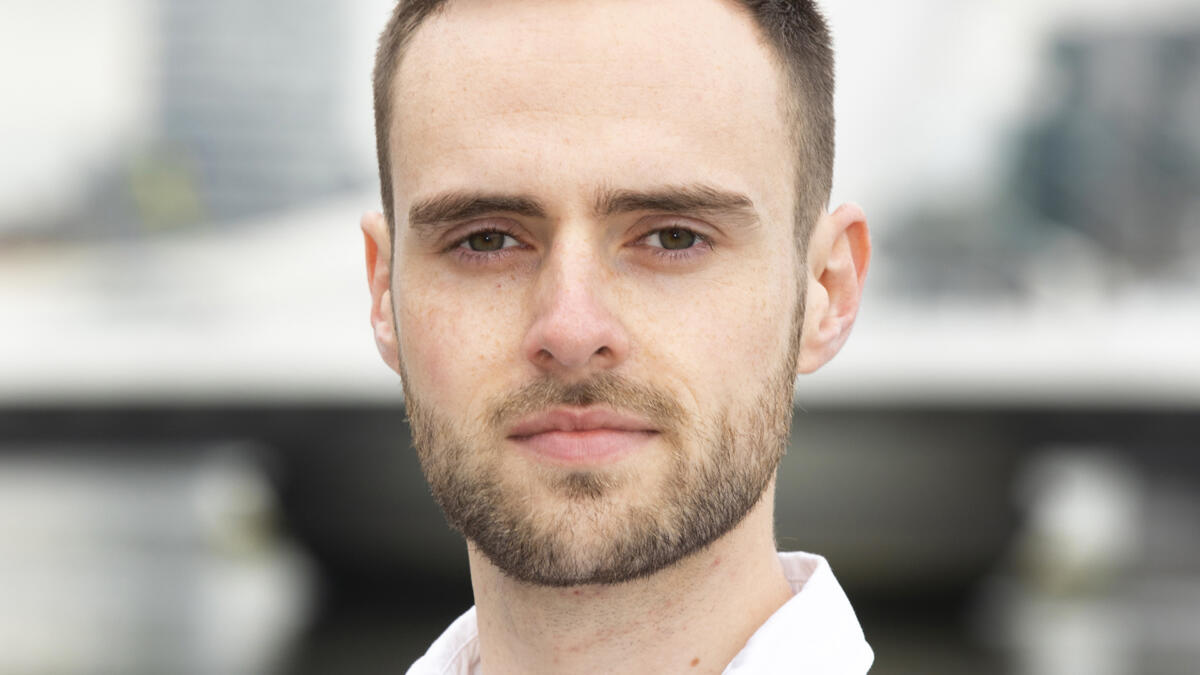
The influence of traditional melody on the solo pianoforte works of Johann Bernhard Logier
German-born composer, teacher, publisher and inventor Johann Bernhard Logier (b 1777) spent the majority of his working life (from 1809 to 1846) in Dublin. He composed a variety of both small and large-scale works including songs, four piano sonatas, works for flute and bugle with piano accompaniment, military overtures, a piano concerto and the music for a melodrama based on the life of eleventh-century High King of Ireland Brian Ború. Although Logier was an active composer in Dublin in the first half of the nineteenth century, his piano compositions are often overlooked in favour of debate surrounding his harmony treatises, unorthodox teaching methods and his infamous invention, the Chiroplast. Very little research has been undertaken on Logier’s compositional output. This lecture-recital addresses this lack of research by examining Logier’s arrangements of traditional airs for solo piano and investigating how they influenced his compositional style. It will examine how Logier’s compositions differed from those of his contemporaries, potentially influencing the style of Ireland’s next generation of composers. Logier’s piano works are significant in the development of Ireland’s piano repertoire following the Act of Union in 1800, which saw a decline in artistic activity in Dublin due to economic instability and political unrest. His works show a growing trend towards virtuosity and more elaborate structures when compared with similar arrangements by his predecessors (Charles Thomas Carter, Thomas Augustine Geary) and contemporaries (Peter K. Moran, Holden Smollet) and potentially influenced the works of later composers (George Alexander Osborne, William Vincent Wallace). The lecture-recital will conclude with a performance of Logier’s Theme and Variations on ‘The Bluebells of Scotland, Op. 8’, for piano.
Biography
Órán Halligan is a Dublin-born pianist, currently pursuing his Doctorate in Music Performance at the Royal Irish Academy of Music. His research focuses on composers of piano repertoire in nineteenth-century Ireland. He is recipient of the ‘John O’Conor Cup for Outstanding Musicianship’ and was the 10th winner of the Irish Freemasons ‘Young Musician of the Year’. His recently released debut album ‘Visions’ comprised the first ever recordings of piano works by historic Irish composers (including a new commission ‘Físeanna an Ghiorria’ by Christopher Moriarty) and has been featured on RTÉ Lyric FM.
Yusuke Ishii
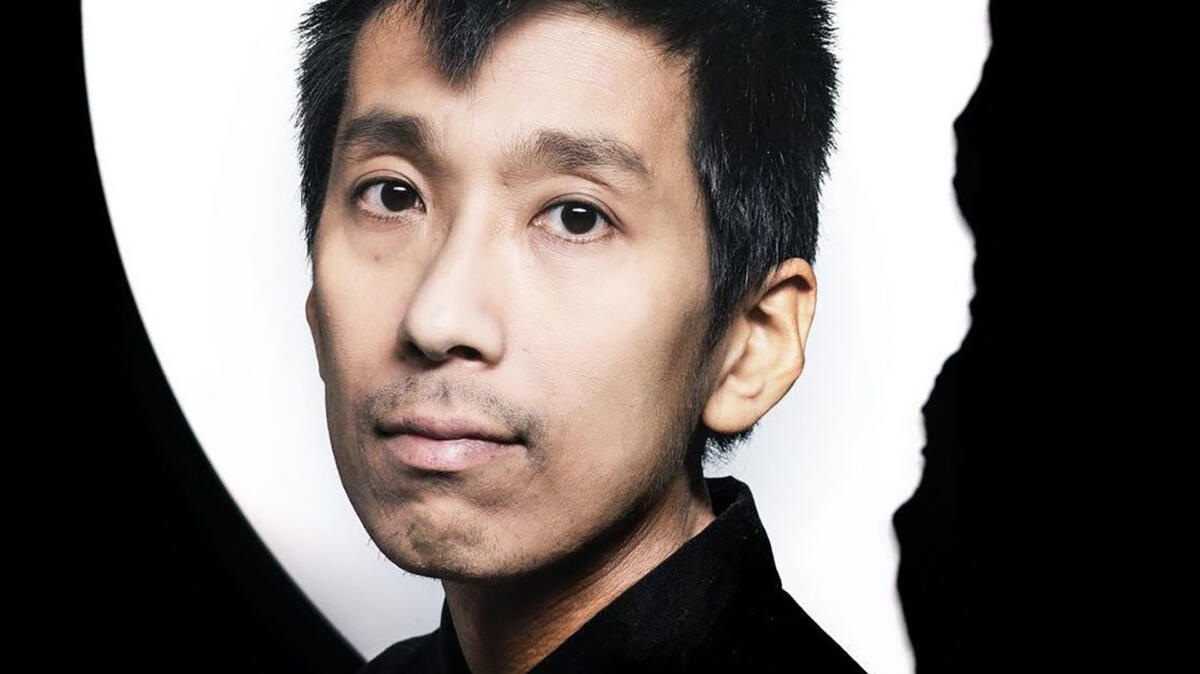
Stylistic Plurality and Performance Practice in Vytautas Bacevičius’s Works for Piano
This year marks the 120th anniversary of Lithuanian composer Vytautas Bacevičius (1905–1970), a figure whose compositional style evolved significantly in response to historical and cultural contexts. My 2023 recording of Bacevičius’s piano works (MICL LP007, released in 2023) highlights stylistic parallels with composers such as Jolivet and Varèse, whose works often exhibit a tendency toward mysticism. However, due in part to his emigration to the United States, Bacevičius developed a distinct musical language that diverged from mainstream European composition.
Despite these transformations, the influence of early 20th-century French composers (Debussy, Ravel) and Russian composers (Scriabin, Rachmaninoff, Prokofiev) remains a constant thread in his output. These influences, while deeply embedded in his works, often exist in stylistic tension, resulting in an aesthetic that may initially seem fragmented.
As with many composer-pianists, Bacevičius’s pianistic writing is deeply intertwined with his own performance repertoire. My experience recording his works (LMICLP 007, released in 2023) revealed how his pianistic idiom echoes the works he studied and performed, influencing both the expressive and structural aspects of his compositions. This paper examines the relationship between Bacevičius’s stylistic shifts and his activities as a pianist. The recital component of this presentation will examine how the influence of other composers manifests across different periods of his career and to what extent these external elements contribute to—or challenge—the structural and aesthetic unity of his works. By approaching Bacevičius’s music through the lens of performance practice, this study aims to provide insights from both perspective–as a researcher and a performer–into the aesthetic unity of diverse compositional output of the composer. This paper is part of the project “Interpretations of the Lithuanian Piano Canon”, No. S-MIP-24-136, funded by the Research Council of Lithuania (LMTLT).
Proposed program: Vytautas Bacevičius: Poème Nr. 4 op. 10 (1929), Premier mot op. 18 (1933), Sonata Nr. 3 op. 52 (1952), Trois pensées musicales op. 75 (1969)
Biography
After graduating from Kunitachi College of Music in Japan, Yusuke Ishii studied in France at Conservatoire Nationale Supérieure de Musique de Paris and Conservatoire de Boulogne-Billancourt. In 2010–2011, he was a pianist at the International Ensemble Modern Academy in Frankfurt, obtaining a master’s diploma in 2012. Prizewinner of competitions of Orléans Concours International (2008 and 2010) and Competition of contemporary music for piano of Girona (2008) and 6th edition of Pianist/Composer Commissioning Project of the Yvar Mikhashoff Trust for New Music (2013), he has performed across Europe at major festivals of contemporary music, including Darmstadt (2011) and Musica in Strasbourg (2011) Festival of Monte Carlo (2014) and Tokyo (2017). After moved to Lithuania, he currently studies at the doctoral school in Kaunas university of Technology. He has released three recordings. The first album is dedicated to the piano compositions of the composers André Jolivet and Edgard Varèse (released by ALM records, 2012). The second disc contains the works of André Jolivet and Jacques Lenot (Lyrinx, 2013). Most recently he released the album of Vytautas Bacevičius’s piano works (MICL LP007, 2023). From September 2024 he is Junior researcher in the project of “Interpretations of the Lithuanian Piano Canon” funded by the Research Council of Lithuania (LMTLT).
Mirka Malmi and Tiina Karakorpi
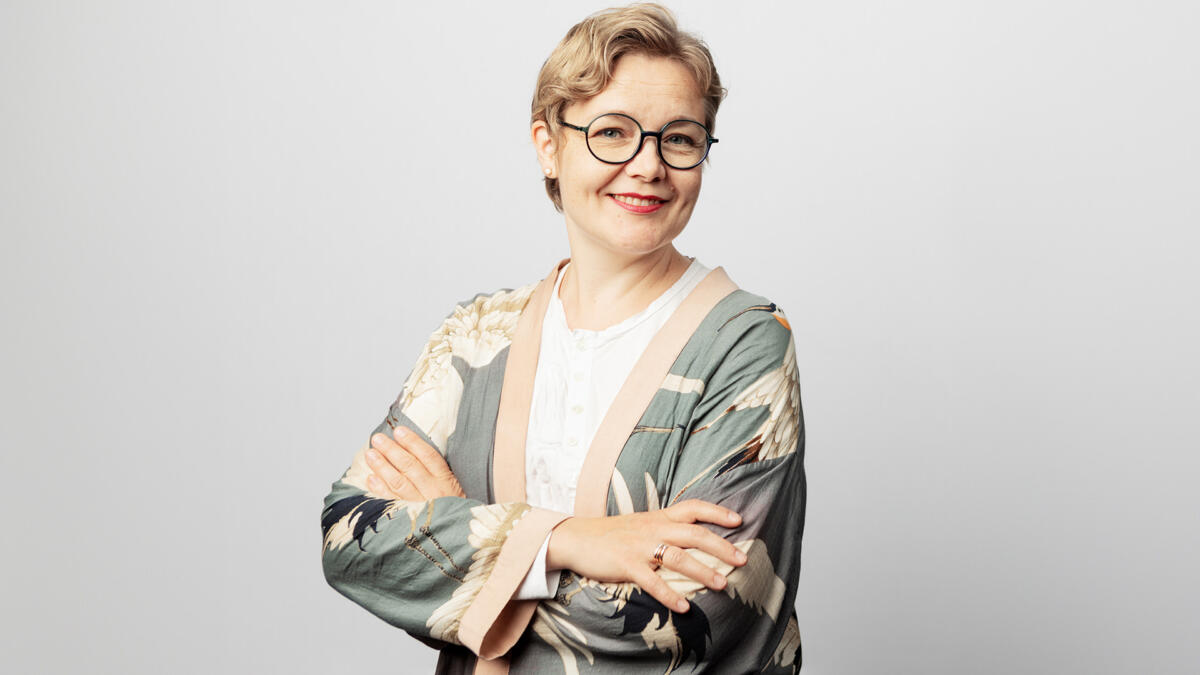
Amanda Maier-Röntgen and Musical Professionalism in a Marriage in the 19th Century
The lecture recital focuses Amanda Maier’s musical professionalism during her marriage with composer Julius Röntgen. Amanda Maier was a Swedish violinist and a composer who married pianist Julius Röntgen in 1880. Later, Julius Röntgen became one of the best-known composers in Netherlands, founder of the Concertgebow and the Music Conservatory of Amsterdam whereas Amanda Maier´s music was mostly forgotten until the beginning of 21st Century.
Amanda Maier´s artistic work as a musician and a composer can be studied through the couples´ diaries and correspondence as well as previously written biographies. Swedishe Weisen und Tänze (1885), co-authored by the couple Amanda Maier and Julius Röntgen will be used as an example of their marital musical symbiosis. Mirka Malmi will play excerps of this work with pianist Tiina Karakorpi during the lecture recital.
In her research Malmi argues that one of the key reasons why music by many women composers in the late 19th Century, like Amanda Maier-Röntgen, has been largely forgotten is that they practised their profession not in public but in private circles. Still, they worked as equal musical partners and professional composers.
Biographies
Violinist Mirka Malmi is doing artistic doctoral research on the professionalism of women violinists and composers in the late 19th century, using the life and career of Amanda Maier-Röntgen (1853–1894) as a case-study. Mirka Malmi has been working with music by women composers for a long time. The series of eight concerts, Nainen ja Viulu (2018–2020) curated by Malmi presented violin and chamber music composed by Nordic women composers between 1850–1950. In 2021 Mirka Malmi, together with pianist Tiina Karakorpi, released a cd and a music edition Other Finnish Works for Violin. Mirka Malmi plays the violin in the Finnish Radio Symphony Orchestra since 2002. She is an active partner in various chamber music ensembles and has given a number of premier performances. She appears regularly on various music festivals in Finland and is often heard on recordings for the Finnish Broadcasting Company YLE.
Pianist Tiina Karakorpi has had an extensive career both in Finland and abroad. She appears regularly as a soloist and chamber musician with various ensembles, including the KAAÅS Piano Trio. Karakorpi’s interests include female composers relegated to the margins of art music, as well as the corporeal nature of motherhood in relation to being an artist, a topic she explored in her doctoral studies. After finishing her doctorate, Karakorpi’s work has included curating concert series, recording for the Finnish Broadcasting Company, and editing scores for publication.
Jenna Ristilä
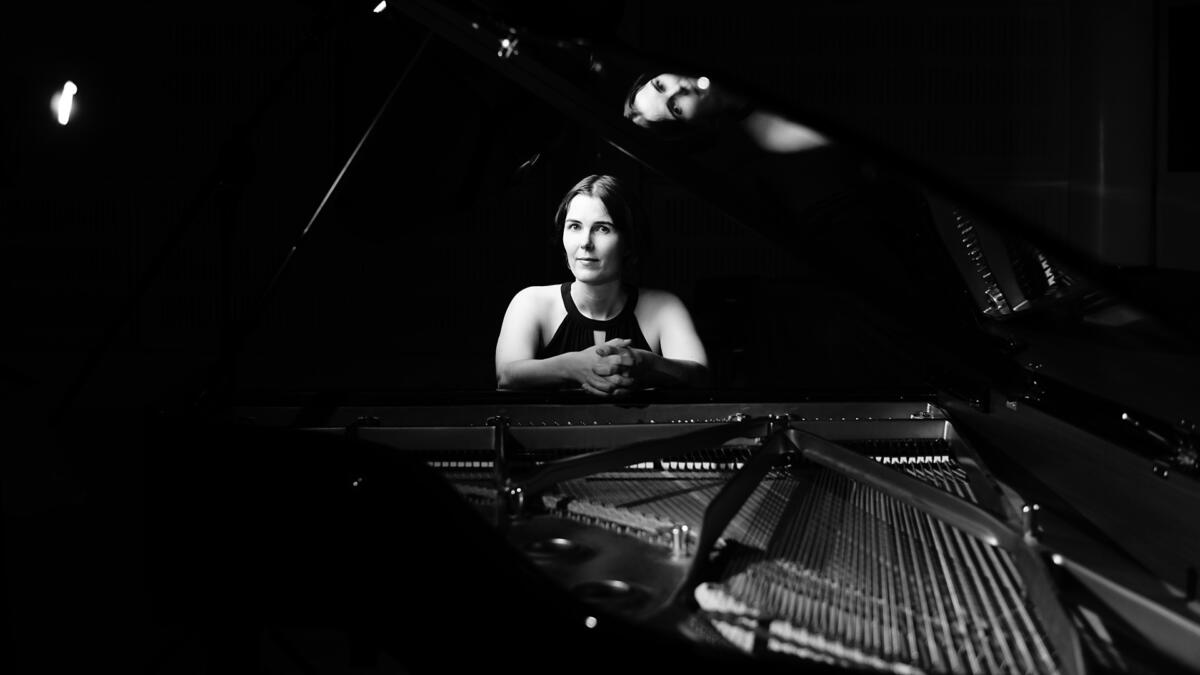
A Subtle Activism: Calling for humaneness in the classical music concert institution
In my presentation I examine how a musician can create concert experiences that challenge the patriarchal norms and conventions of the classical music concert, without necessarily destroying the whole concert concept in the process. In other words, I investigate how one can engage in subtle activism within the field, making small changes towards a more equal, humane concert culture. I use video excerpts of my doctoral concerts to show how both planned and accidental activism has appeared throughout my project. Subtle activism has become central to my research only recently, so this presentation is an exploration of an idea and an invitation to a conversation.
Biography
Pianist Jenna Ristilä is a doctoral researcher at the Sibelius Academy of the University of the Arts, Helsinki, Finland. Her artistic research focuses on Finnish composing women from the 19th century until today: in four concerts she performs a diverse selection of women’s music from songs to sonatas, and in two articles she explores the possibilities of dialogic, feminist music analysis.